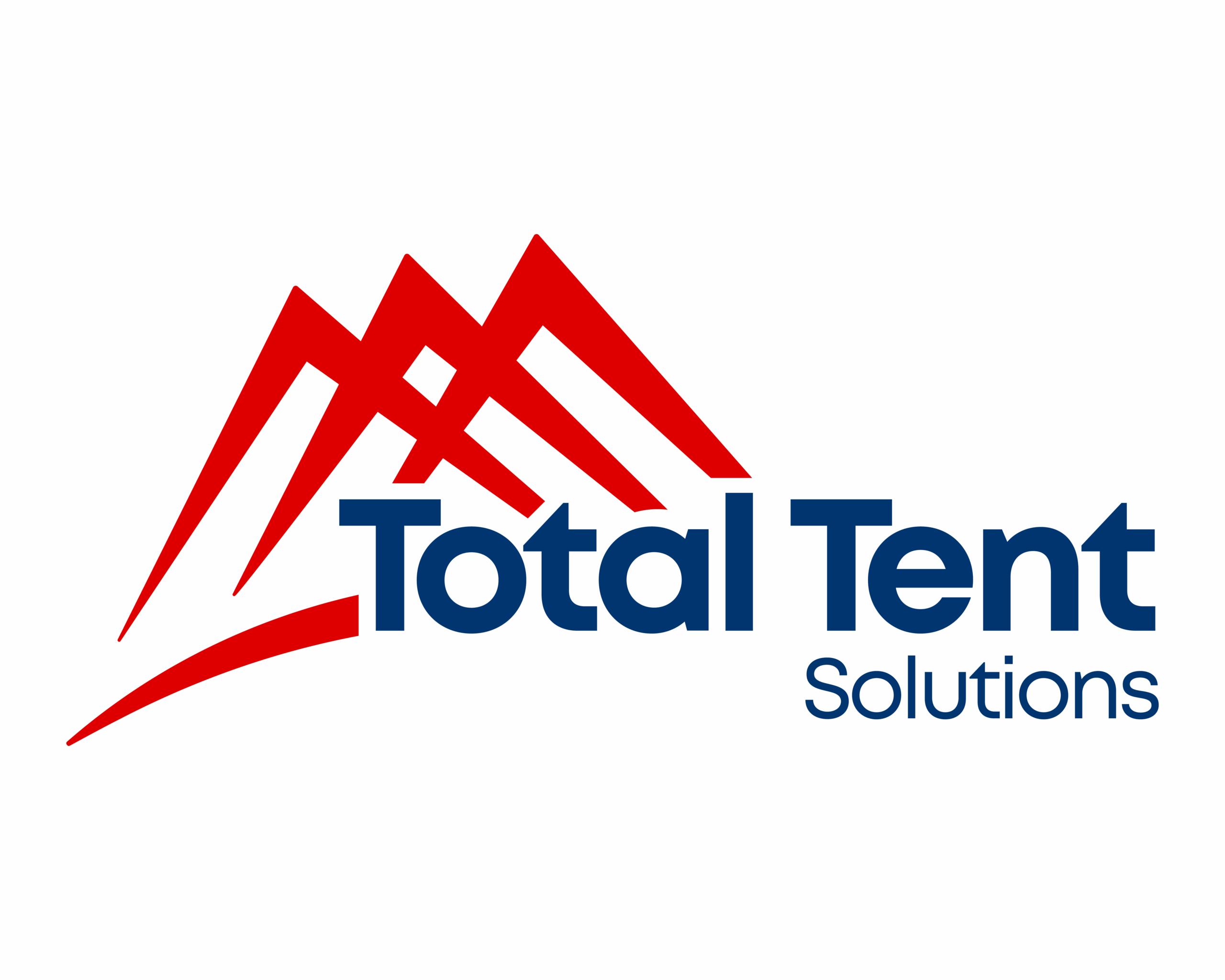Running a jobsite today is like playing chess while someone keeps adding pieces to the board. Timelines are shrinking, labor shortages are real, and budgets are always under the microscope. Traditional jobsite setups like trailers or permanent builds just can’t keep up anymore.
That’s why more and more project managers are turning to temporary structures. These modular, quick-deploy solutions help get jobs moving faster, keep crews on task, and adapt when the unexpected happens. Let’s look at why these setups are becoming the smart move on modern sites.
The Rising Pressure on Project Managers
Tighter timelines, higher expectations
Deadlines are getting tighter across construction, oil and gas, and infrastructure projects. Every lost day can cost thousands or more. Project managers are expected to keep everything on track without cutting corners.
Managing multiple teams and moving parts
From subcontractors and vendors to safety inspections and equipment delivery, jobsite coordination has become a full-time juggling act. Having an efficient, centralized setup makes managing the chaos a whole lot easier.
What Are Temporary Structures?
A quick breakdown of modern tent systems
Temporary structures aren’t just tents thrown up in a field. We’re talking about engineered systems with structural frames, customizable layouts, climate control, and full accessory support. They’re designed to function like permanent buildings without the wait or price tag.
How they differ from trailers and permanent buildings
Compared to trailers, tents offer way more flexibility and space. Unlike permanent structures, you don’t need foundation work, or long construction timelines. You get what you need, right where you need it, when you need it.
The Flexibility Factor
Designed to adapt to any jobsite layout
Every site is different. Temporary structures can be set up around obstructions and arranged in layouts that match your workflow. That’s a huge advantage when every square foot matters.
Easy to scale up or down as needs shift
Need more storage halfway through the job? Add a tent. Wrapping up and need less space? Scale down. With modular structures, you’re not locked into a rigid footprint.
Speed of Setup and Deployment
Why faster setup equals faster project kickoff
Permanent buildings or modular trailers can take anywhere from a few days to months to install. Temporary structures can often be ready in a day or two. That means your team can hit the ground running, not waiting around for facilities.
How lead time savings give you a head start
Every hour counts during pre-construction or turnaround planning. Having key spaces like offices, tool cribs, and break areas ready early helps streamline onboarding, inspections, and scheduling from the start.
On-Site Efficiency Gains
Centralizing your operations under one roof
With a temporary structure acting as your project HQ, everything is within reach. No need to walk across the site for briefings, documents, or tools. It all adds up to smoother, faster days.
Reducing worker movement across large sites
The less your crew has to walk, the more time they have to work. Tents placed near the action reduce unnecessary back-and-forth and help keep momentum up throughout the shift.
Shelter for Materials, Crews, and Equipment
Keep your tools and materials protected
The weather doesn’t care about your budget. Rain, wind, and sun exposure can damage materials or delay installs. A covered space keeps everything safe, dry, and ready when you need it.
Weatherproof space for safety briefings and crew breaks
Having a designated space for team meetings, safety updates, and breaks helps with both morale and compliance. It also keeps operations moving when the weather turns bad.
Built for All Weather Conditions
Beating the heat, the rain, and the wind
High-quality temporary structures are designed to handle the elements. With proper anchoring and materials, they stand up to heavy rain and strong winds. Add HVAC, and you can keep crews cool in triple-digit temps.
Keeping operations moving year-round
From summer heat to cold winter days, tents keep your jobsite functional and safe all year long. That means fewer stoppages and better project continuity.
Regulatory and Safety Compliance
Meeting OSHA standards and site safety rules
Safety isn’t optional. Temporary structures can be built to meet fire codes, ventilation requirements, and OSHA best practices. That’s good for your crew and your compliance checklist. (OSHA 1926.151(b))
Creating safe zones for team meetings and admin
Tents can serve as muster points, first aid centers, or admin hubs. Having designated safe spaces on site shows inspectors and stakeholders that you’re serious about safety.
Cost-Effective Setup That Doesn’t Cut Corners
Lower up-front investment than permanent structures
Temporary solutions cost a fraction of permanent builds. You also avoid long-term maintenance and demolition costs when the job is done.
High ROI through time savings and adaptability
The real savings come from reduced downtime, faster starts, and better coordination. When you calculate the value of every hour saved, temporary setups start to look like a no-brainer.
Temporary Does Not Mean Basic
Add lighting, HVAC, flooring, and more
Need outlets, LED lighting, fans, air conditioning, or custom flooring? No problem. Temporary structures can be outfitted with everything you need to make them fully functional and professional, including insulated wall and roof systems, snow-loading, and interior office configurations to suit and design requirements.
Custom layouts built around your workflow
You’re not stuck with a cookie-cutter design. Whether it’s an open layout or divided rooms for admin, storage, and rest areas, your structure can match your exact needs.
Simplified Logistics and Vendor Coordination
One provider instead of juggling multiple subs
No one wants to spend a week chasing electricians, HVAC installers, and flooring vendors. Work with a full-service provider who can handle the entire setup so you can focus on the project itself.
Turnkey support from delivery to teardown
From install to removal, everything is handled by one team. That means fewer delays, less coordination stress, and a smoother overall experience.
Project Managers Appreciate the Peace of Mind
Fewer moving parts, more control
Temporary structures reduce the unknowns. You get exactly what you need, where you need it, when you need it. That kind of control is a project manager’s dream.
Reduced stress from simplified planning
Less time planning site logistics means more time solving problems, managing progress, and hitting your milestones.
Choosing the Right Partner for Temporary Structures
What to look for in a trusted provider
Look for experience in industrial environments, fast turnaround times, customizable solutions, and a team that handles everything from setup to breakdown.
Questions to ask before you sign off
Can they handle climate control? Do they meet your safety standards? What’s their track record on similar projects? The right partner should check every box.
Conclusion
Temporary structures are no longer a backup plan. They’re a strategic advantage. If you’re a project manager looking to reduce setup time, improve efficiency, and stay flexible, these structures are one of the best tools in your playbook.
They help you keep your site running smoothly, your crew working safely, and your project moving forward. In a fast-paced, high-pressure environment, that kind of support can make all the difference.
FAQs
How long does it take to set up a temporary structure?
Most structures can be installed in one to three days depending on size, site conditions, and custom features.
Are temporary structures durable enough for long-term use?
Yes. High-quality structures are designed to stay up for weeks or months and are built to withstand weather and heavy use.
Can these structures handle large teams and heavy equipment?
Absolutely. Structures can be sized and customized to accommodate large crews, tool stations, and equipment storage.
What’s included in a turnkey tent solution?
Turnkey packages usually include installation, climate control, lighting, flooring, doors, and accessories — everything you need to get started right away.
How customizable are temporary structures for different projects?
Very. You can choose size, layout, features, and accessories to match your exact project needs and site conditions.

